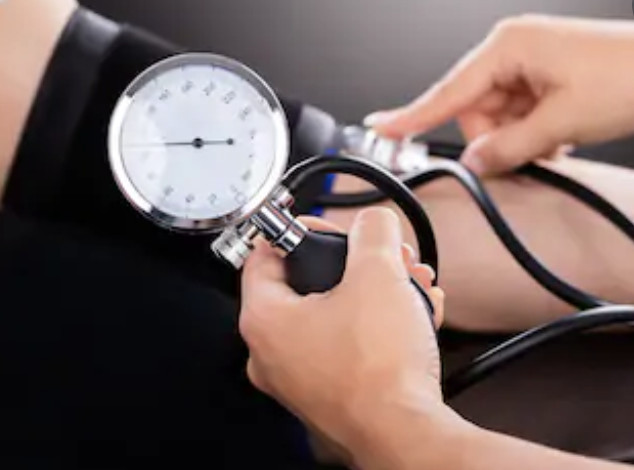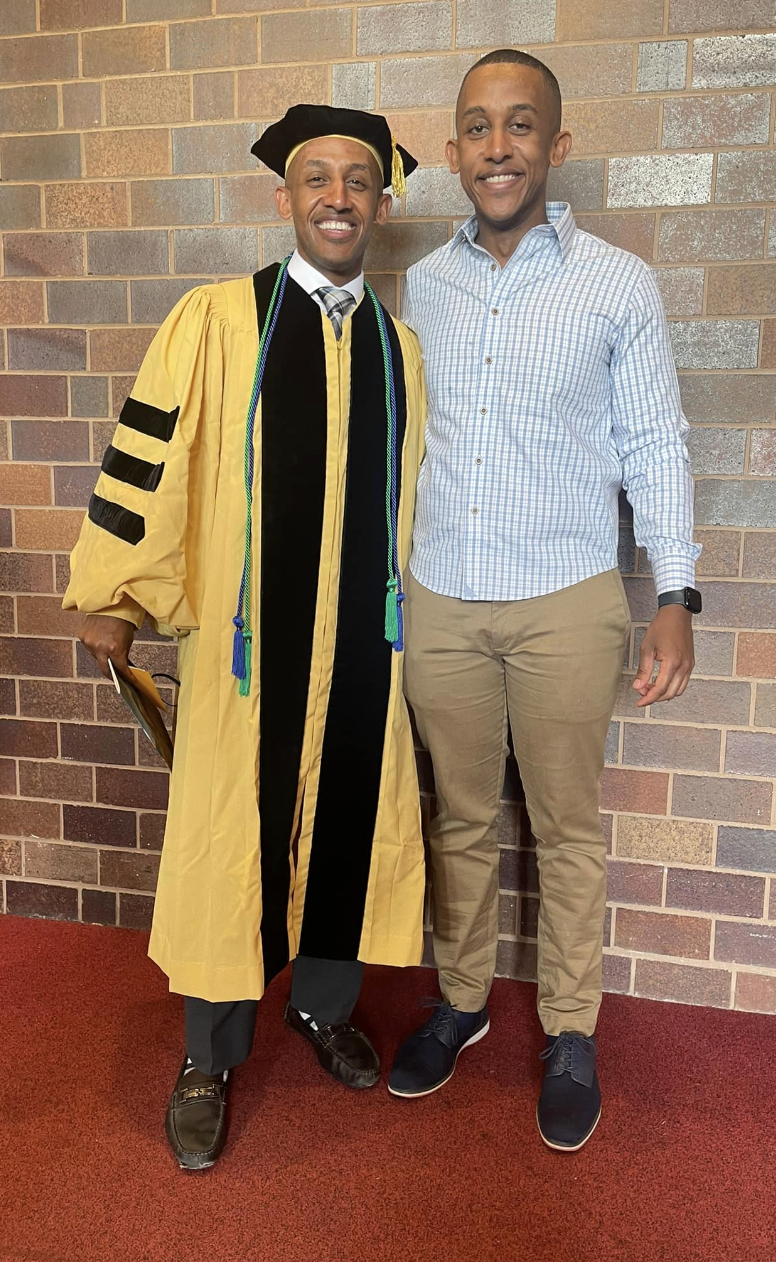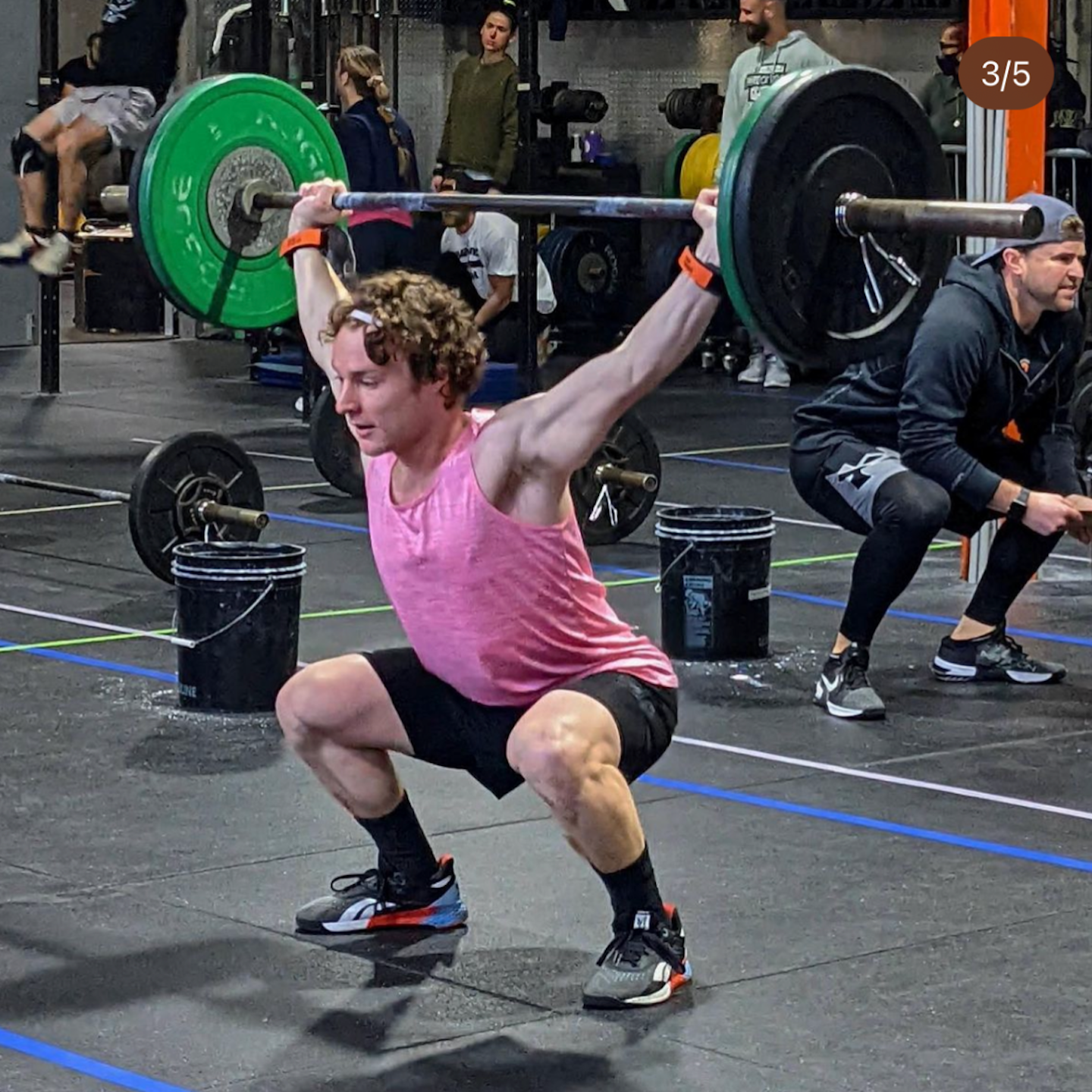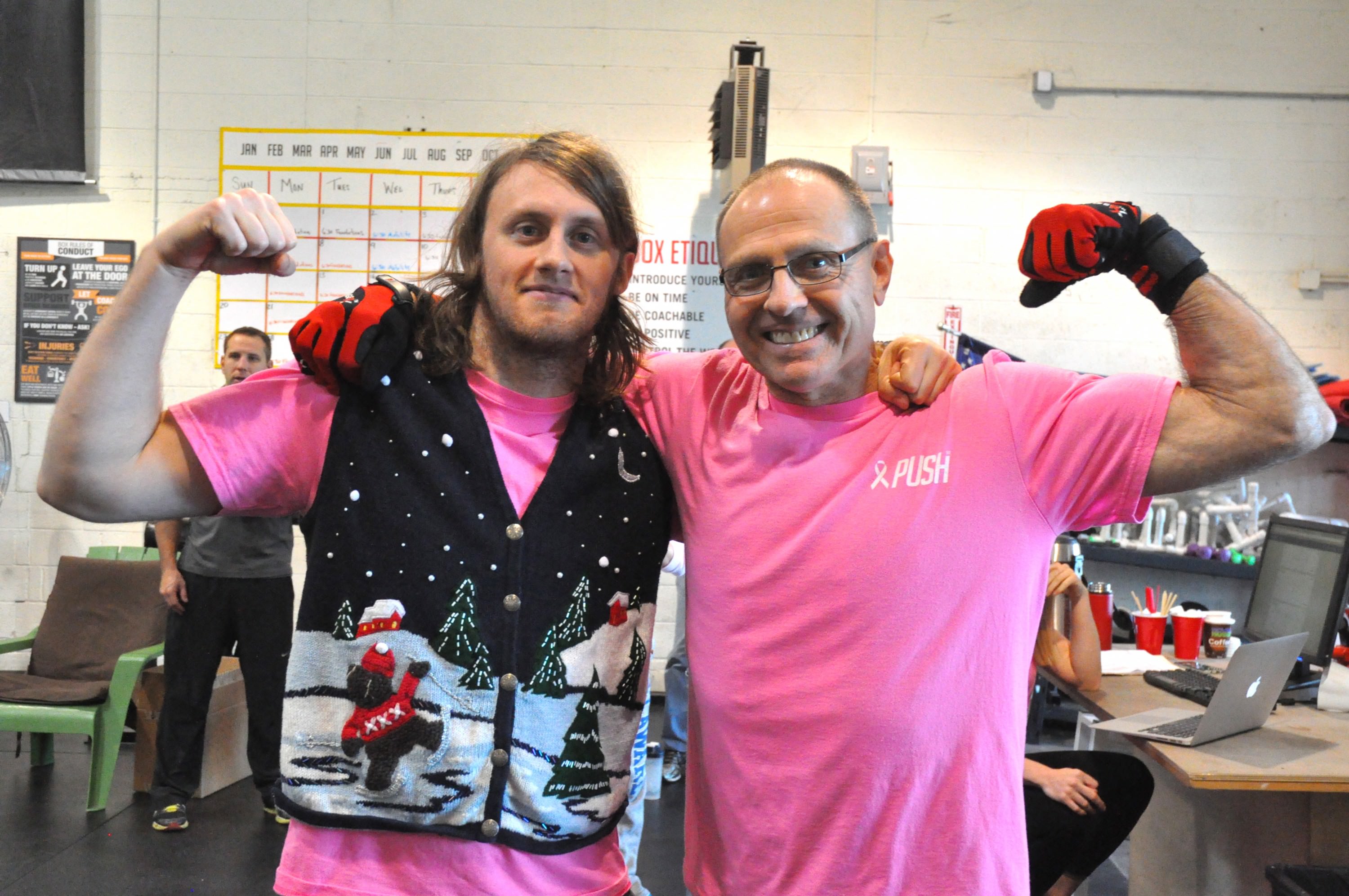
By: Corinne Pettigrew, PhD, CFL-1
What does it mean to age, and to be “old”? If you asked 20 people, you’d get 20 different answers. But ask yourself: how do you see yourself at 60, 70, 80, or 95 years old? Most likely, you hope to stay mentally sharp, physically independent, socially active, and in good health for as long as possible. In other words, to age “successfully”.
But as we age, our bodies undergo a number of physiological, psychological, and neurological changes.1 These may include (but are certainly not limited to) changes in hormones, immune response, bone density and mobility, vision and hearing, as well as coordination, agility, and balance. When compounded, these can all have negative impacts on health outcomes and quality of life. However, it has been suggested – and it seems intuitive – that engaging in healthy lifestyle behaviors can reduce the impact of age-related changes. In fact, a recent review2 examined the relationship of physical activity and health in individuals aged 60+: “Physically active older adults benefit from reduced risks of early death, breast and prostate cancer, fractures, recurrent falls, functional limitations, cognitive decline, dementia, Alzheimer’s disease, and depression.”
Regardless of your age, physical activity can have extraordinary benefits. But in the context of aging, being physically active may help reduce the impact of the above-mentioned age-related changes. For example, when coupled with good nutrition, physical activity can help in the management of a variety of health conditions, including vascular and metabolic conditions (e.g., diabetes, high blood pressure); impacts brain health and dementia risk; and can improve strength, mobility, and balance (just to name a few). All of which can contribute to health and maintain independence at more advanced ages.
Let’s take an example – PUSH511 athlete Joe B.
I had the pleasure of helping train Joe B. in Foundations, when he started CrossFit in 2016. He started because he wanted to improve his ‘numbers’ – to become healthier. With the support of his family, he’s come so far in his fitness/health journey. In 2019, his blood pressure was at a 5-year low. In his words, “CrossFit works even for a consistently inconsistent old guy going at his own pace! ... I am very pleased that even given my causal participation in CF the benefits are significant. I feel it’s a very telling sign of the effectiveness of the workouts and in my case the impact on weight and relationship to LDL, BP, and A1c.” Here’s some data:
He continues his “consistently inconsistent” journey because his numbers aren’t where he wants them to be – but he trusts the process. And because PUSH511 has provided him with a “welcoming culture and fantastic environment” for reaching his health goals.
Read Part II, in which we discuss why doing CrossFit at PUSH511 might be particularly beneficial for older athletes.
References
1 Masters Training Guide. (2019). CrossFit Training: Specialty Course – Masters.
2 The benefits of physical activity for older adults. (2020). Science Magazine. https://scienmag.com/the-benefits-of-physical-activity-for-older-adults/


